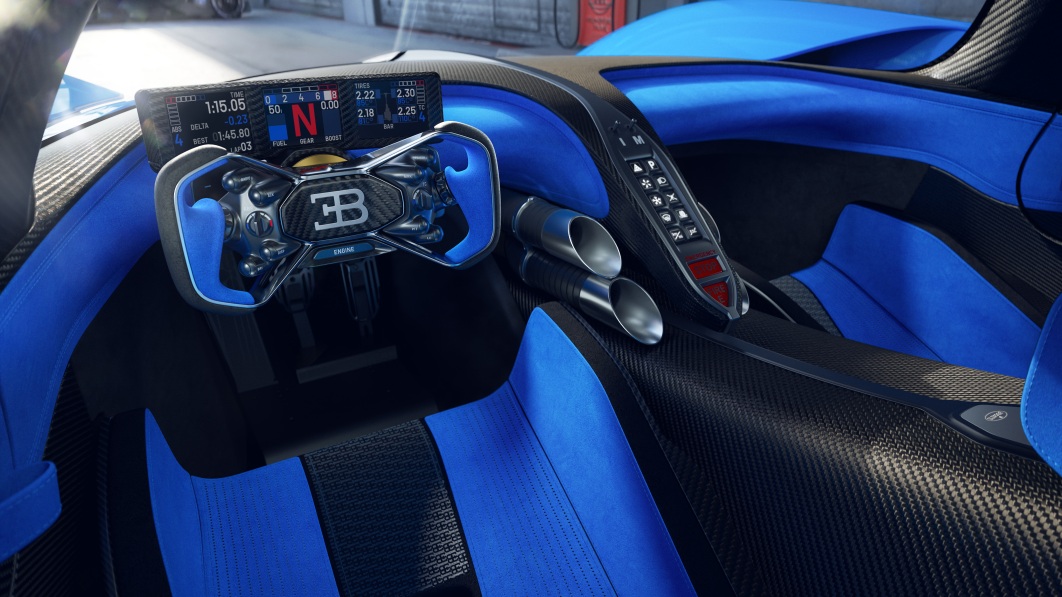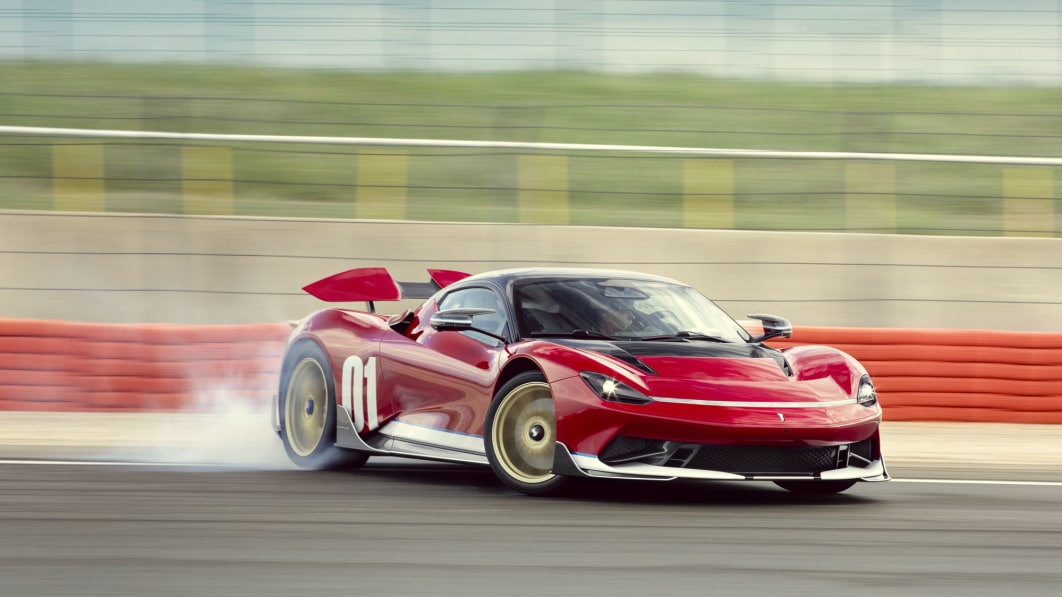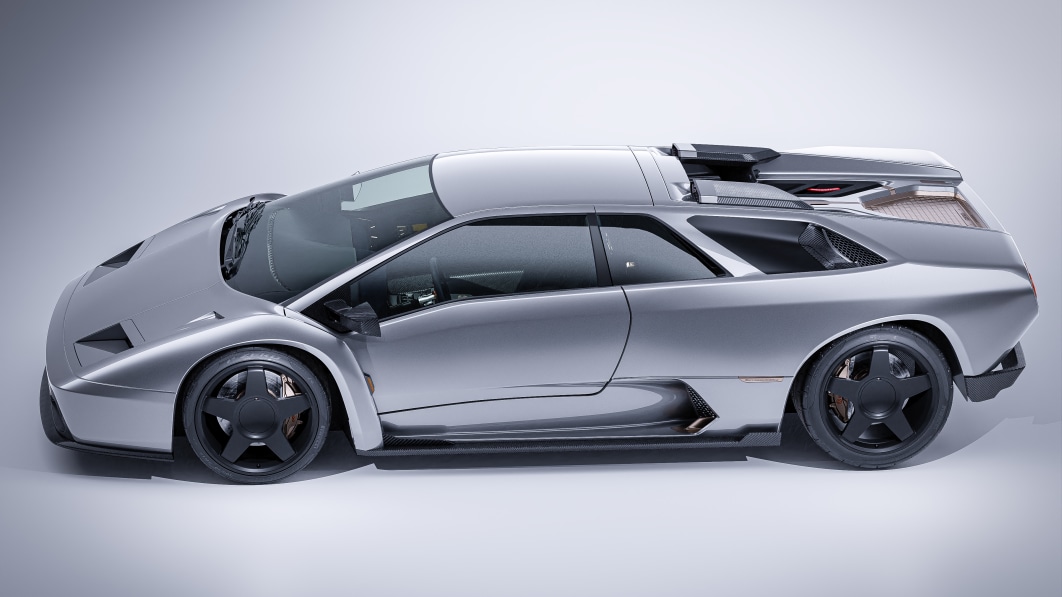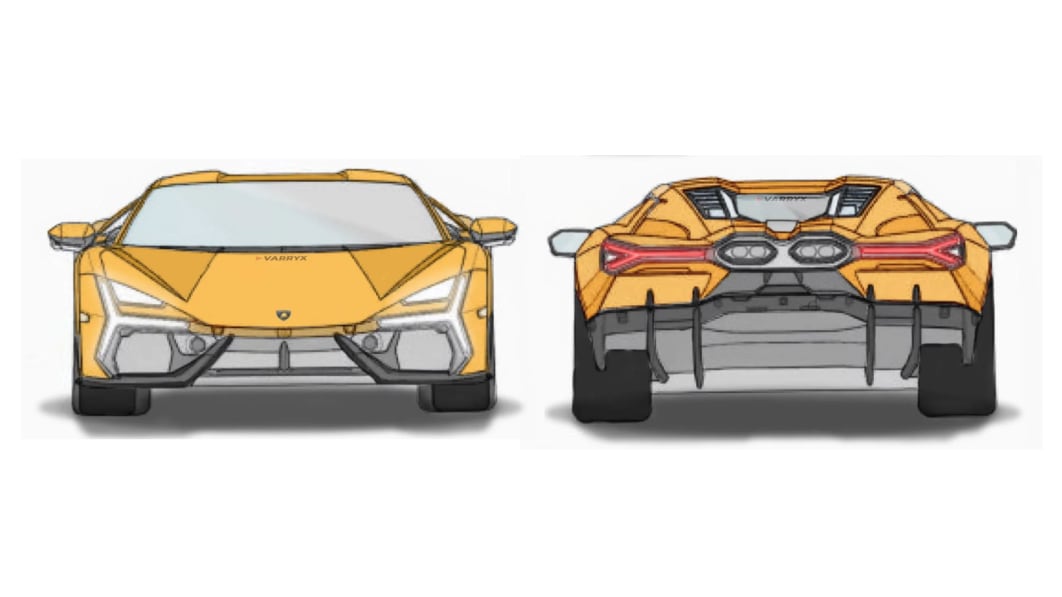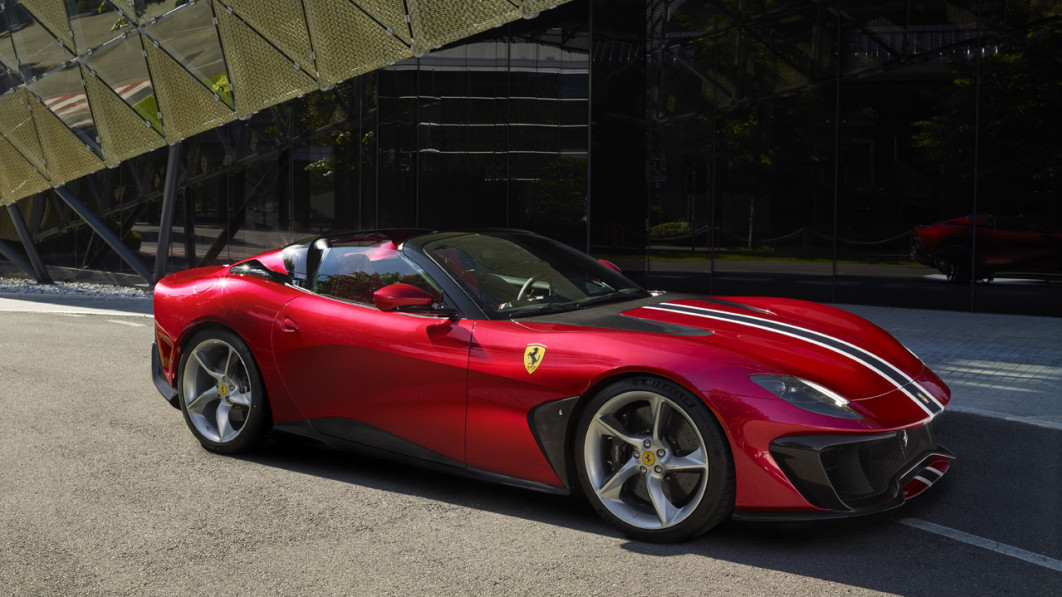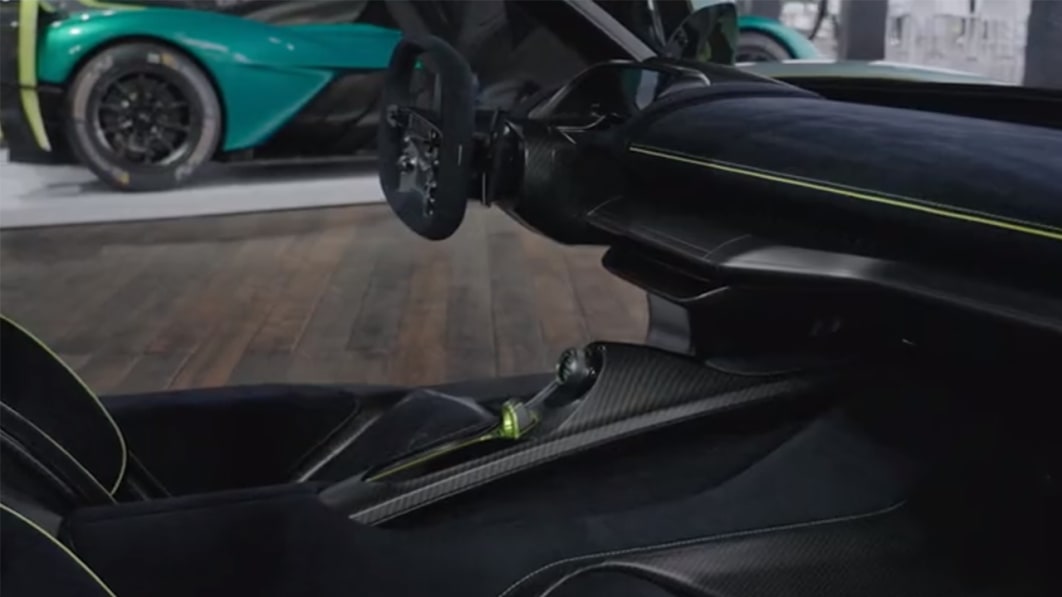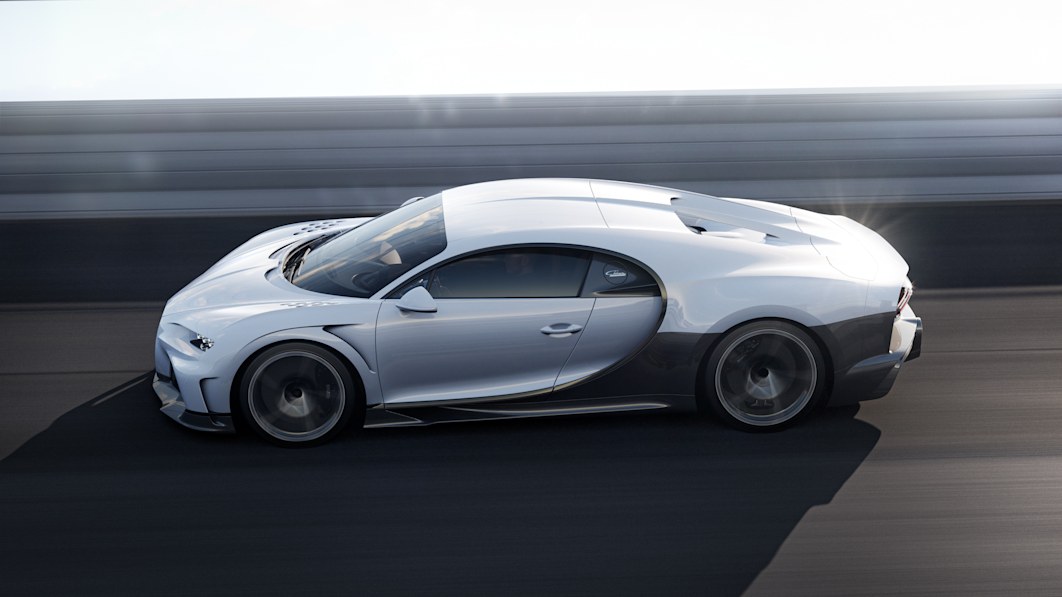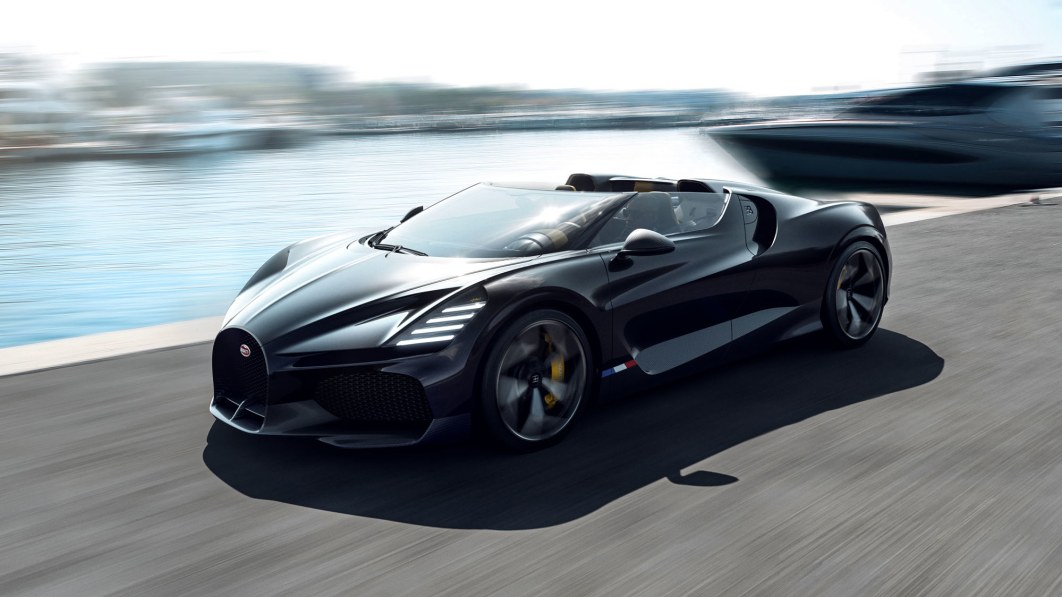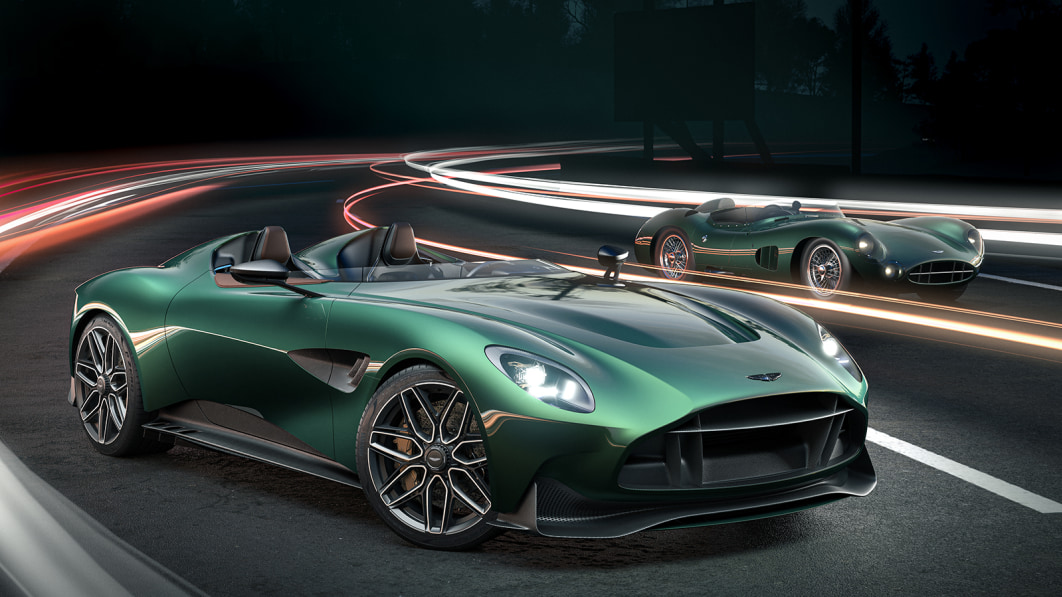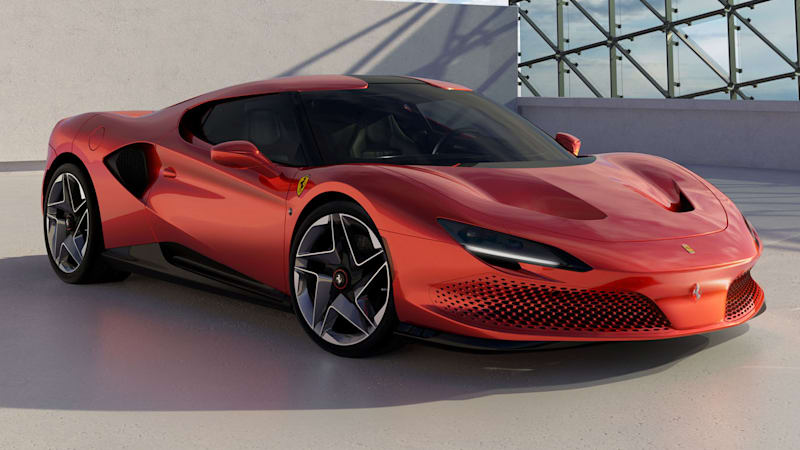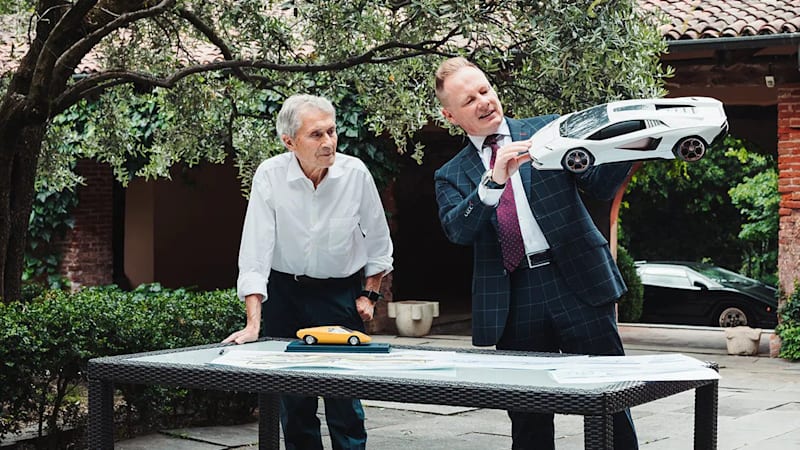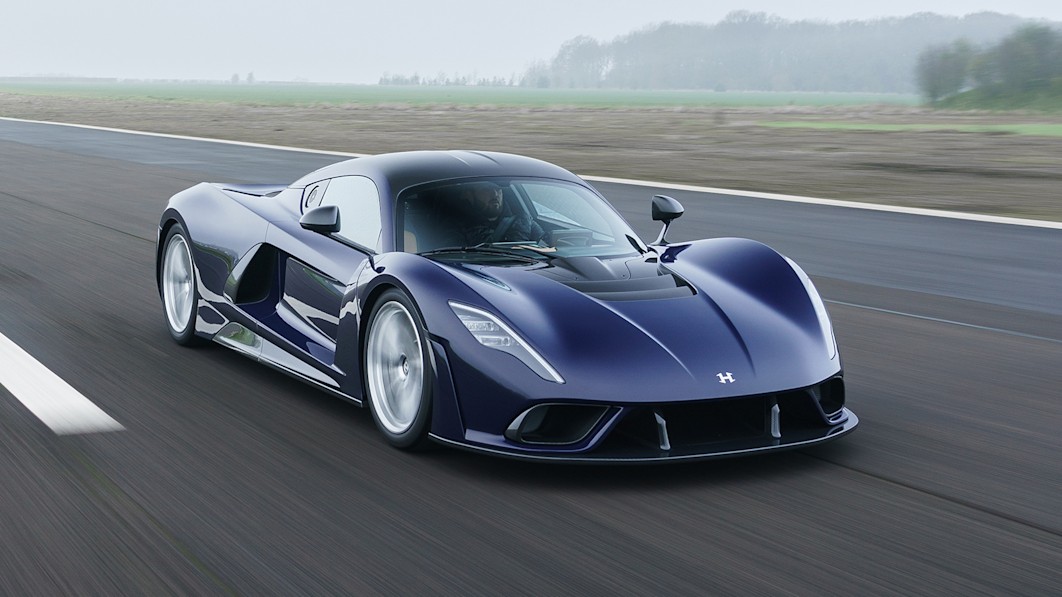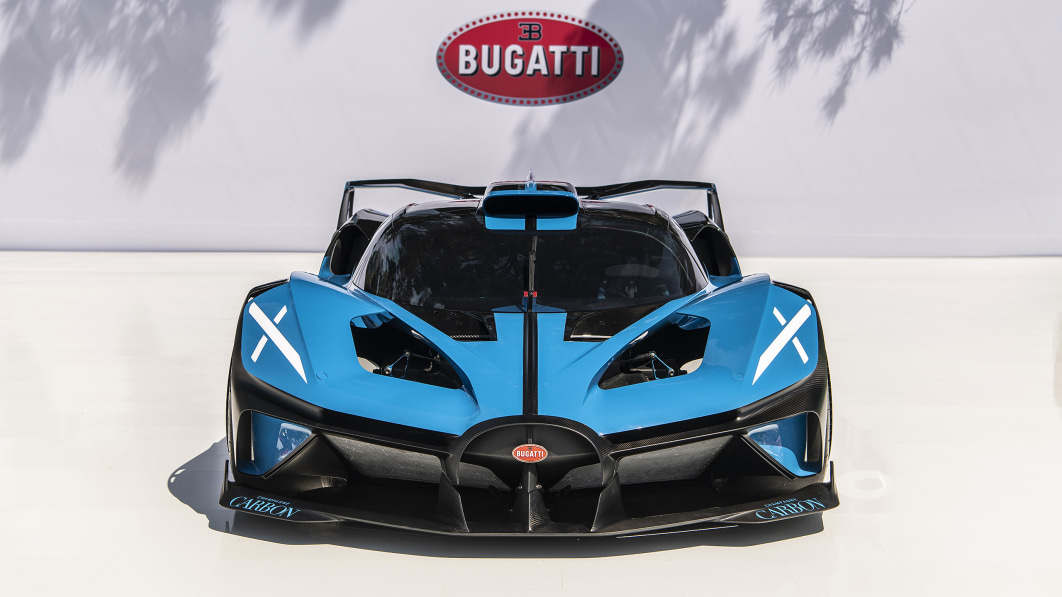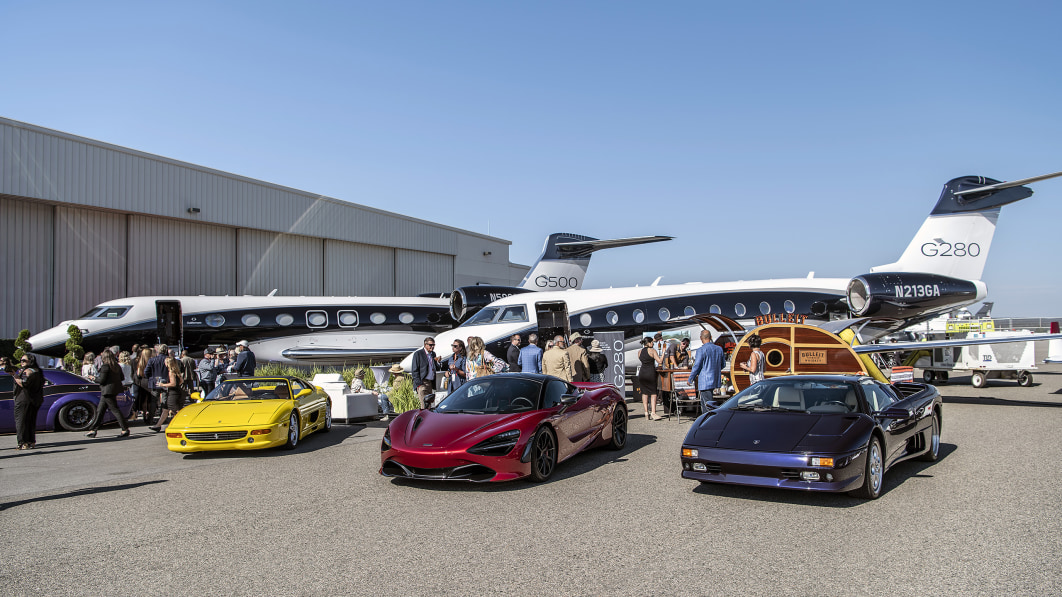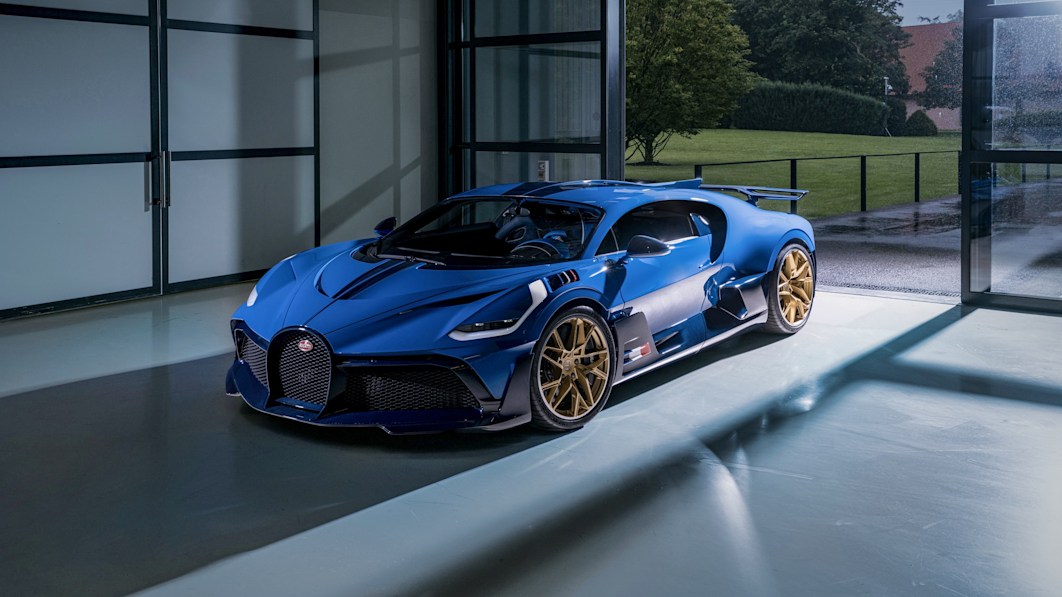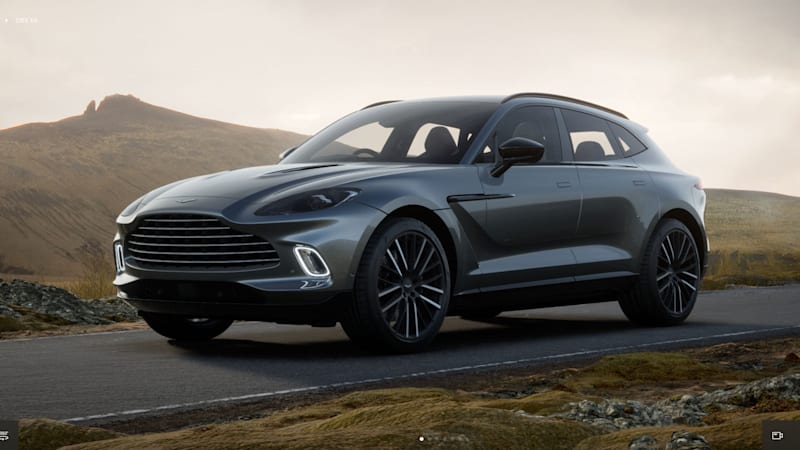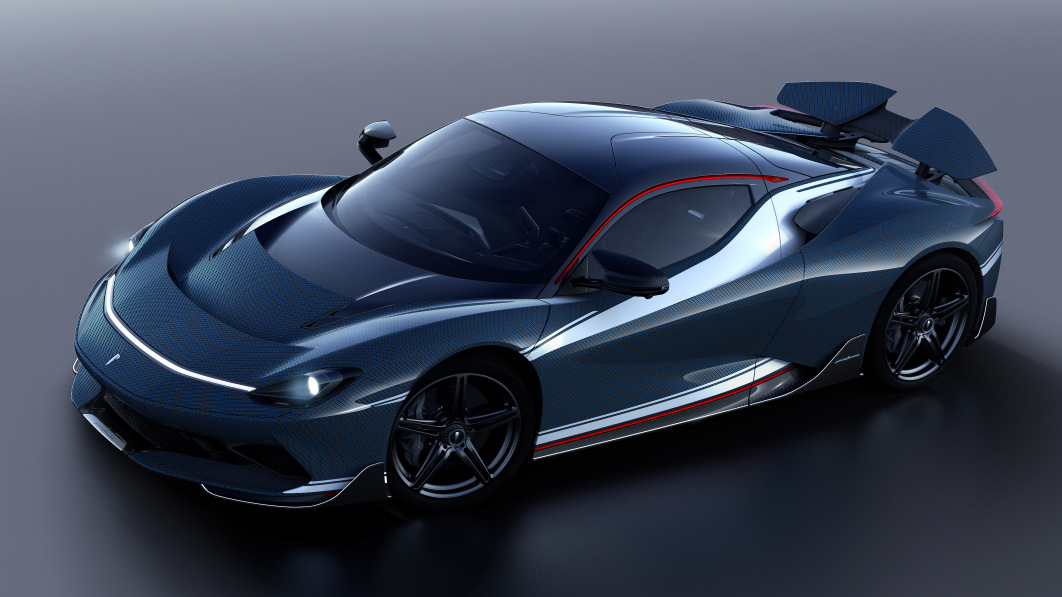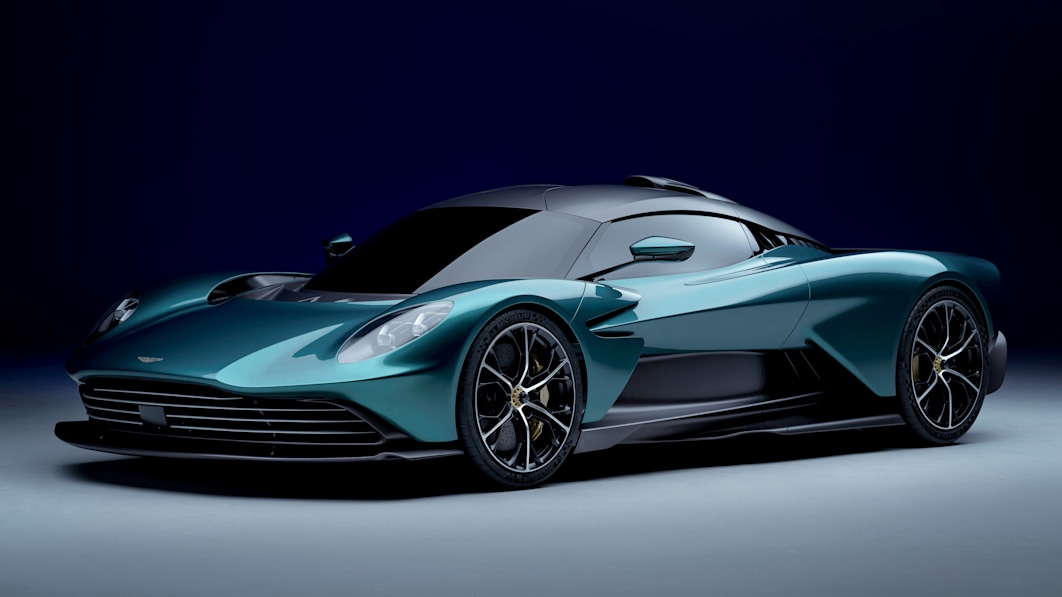Bugatti reveals track-only Bolide’s purpose-designed interior
Bugatti has done a good job of documenting the Bolide’s transition from a wild-looking concept car to a limited-edition production model, but we’ve been missing one key piece of the puzzle: the interior. The wait is over, and the brand revealed what the hypercar looks like inside.
Every part of the cabin was developed specifically for the Bolide, so the overall layout looks nothing the Chiron’s. Bugatti built the model around a new carbon fiber monocoque, and starting from scratch allowed it to set a new seating position described as race car-like. Fittingly, the Bolide is being developed exclusively for track use. The brand paid special attention to the steering wheel, which features an X-shaped design that echoes the shape of the rear lights. It’s easily removable, and Bugatti notes it can serve as decoration when not in use.
The driver sits on a seat that’s layered directly onto the monocoque, meaning the Bolide is the first Bugatti model built with fixed seats. This solution saves weight because it doesn’t require seat rails, and as a trade-off the driver can adjust the steering column and the pedals to find a comfortable seating position. Buyers will have four seat packages to choose from, including one tailored to their exact dimensions. And, like every Bugatti model, the Bolide will be highly customizable: leather, Alcantara and suede are among the types of upholstery offered.
Bugatti notes that its test drivers played a significant role in shaping the Bolide’s interior. The brand put eight commonly-used buttons on the steering wheel, and it developed a digital instrument cluster with two built-in modes. The first mode displays the kind of advanced data that a test driver would want, while the second focuses on the essentials. There’s no touchscreen because there’s no infotainment system, but the slanted center console features a handful of buttons as well as four cool-looking climate control system vents shaped like exhaust outlets.
Power for the Bolide comes from an evolution of Bugatti’s familiar 8.0-liter W16 engine. In this application, it’s quad-turbocharged to develop 1,578 horsepower; that’s a lot even without context, but it becomes even more impressive when you factor in the car’s 3,196-pound weight.
Bugatti Bolide production is scheduled to start in 2024 and pricing starts at approximately €4 million excluding taxes, which represents around $4.36 million at the current conversion rate. Production is limited to 40 units globally, and the model has been sold out since 2021.
Related video:

